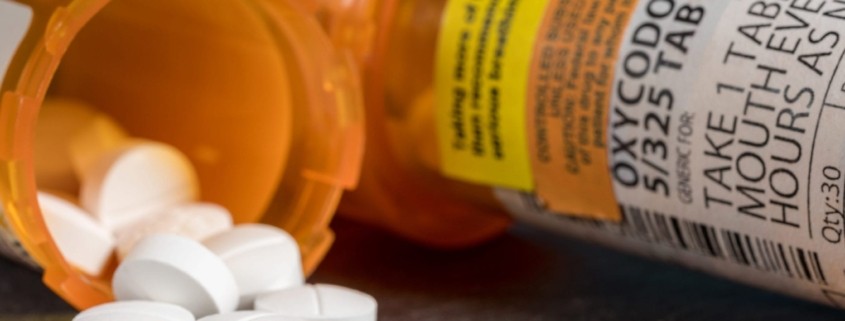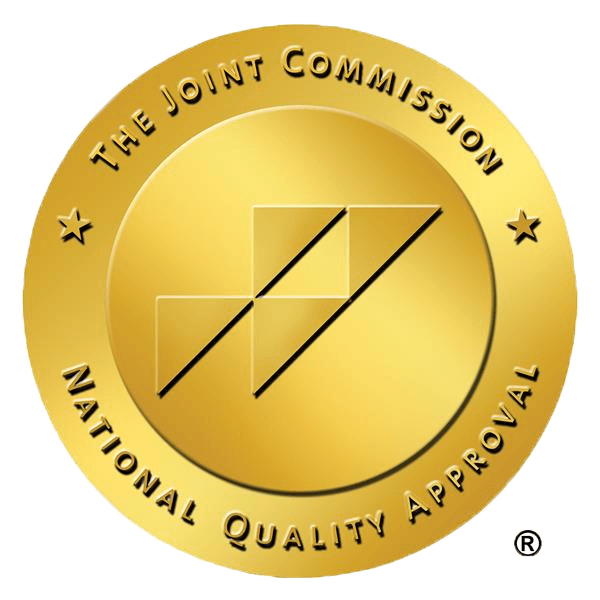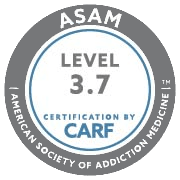Oxycodone – About, Uses, and Abuse
Table of Contents
Oxycodone is a widely used prescription painkiller with a high abuse potential. The CDC reports that oxycodone is one of the top three drugs involved in painkiller overdose deaths alongside methadone and hydrocodone. Though oxycodone is highly addictive, people can safely withdraw from this painkiller and transition to a healthier, drug-free lifestyle with medical detox at drug rehab.
Here’s an overview of oxycodone, how it works, and statistics surrounding its abuse, as well as information about how inpatient residential rehab can help you or a loved one safely recover from opioid addiction.
What Is Oxycodone, and What Is It Used for?
Oxycodone is an opioid medication used to treat moderate to severe pain. The drug is available under the brand name OxyContin, and under the brand names Percocet and Percodan when combined with acetaminophen and aspirin, respectively. Per the DEA, oxycodone is classified as a Schedule II substance on the Controlled Substances Act next to other addictive substances such as cocaine, methamphetamine, and fentanyl.
Oxycodone is available as a capsule, tablet, or liquid solution, and is typically only intended for short-term use due to its high risk for abuse. In July 2019, the DEA reported that 55.2 million oxycodone prescriptions were dispensed in 2017, and that 22 million prescriptions were dispensed during the first half of 2018.
What Are the Effects of Oxycodone?
Oxycodone works much like other prescription opioids in that it reduces the sensation of pain. However, oxycodone is about 50% more potent than morphine and produces stronger effects. A 10 mg dose of oral oxycodone has the potency equivalent to that of a 10 mg dose of injectable morphine.
In addition to pain relief, effects of oxycodone include euphoria, sedation, relaxation, slowed breathing, constricted pupils, constipation, and cough suppression. These effects typically last for up to 5 hours, or for 8 to 12 hours with the extended-release formula.
Do You or a Loved One Need Treatment for Oxycodone Abuse?
Discover the difference our proven therapies make in your journey to lifelong recovery with an experienced on-site clinical team that provides unique customized treatment programs for all types of drug and alcohol addictions around the clock.
Call to Speak with a Treatment Specialist Today
Information About Oxycodone Abuse
Oxycodone abuse in the U.S. has been problematic since the 1960s. People who abuse oxycodone do so for its euphoric effects, and usually crush or chew its tablets and capsules so they can be snorted, injected, or swallowed.
Illicit oxycodone sold on the streets is usually either counterfeit and made in illegal labs, or obtained with forged prescriptions, armed robberies and break-ins to pharmacies and nursing homes, and through an illicit practice called “doctor shopping,” which is going to multiple doctors to receive prescriptions. The DEA reports that the average street price of oxycodone is $1 per milligram, and that the drug is usually sold in the form of 40 mg tablets.
Here are U.S. statistics on oxycodone abuse:
- In 2018, oxycodone and other painkillers were involved in 14,975 overdose deaths, reports the National Institute on Drug Abuse (NIDA).
- Of the 27.9 million people who used oxycodone in 2015, an estimated 4.3 million (1.6%) reported misusing this drug.
- In 2016, there were 17,003 oxycodone-related cases reported to poison control centers.
- In 2017, an estimated 2.7% of high school seniors reported misusing OxyContin.
- SAMHSA reports that visits to emergency department rooms involving oxycodone increased 181% from 52,942 visits in 2005 to 148,974 visits in 2009.
Treatments for Oxycodone Abuse and Addiction
Oxycodone abuse and addiction can be safely treated using detox and behavioral therapy at Dana Point Rehab Campus.
Detox helps people safely withdraw from oxycodone and other opioids to reduce the risk for dehydration, relapse, and overdose. Detox also involves the use of medications like buprenorphine and Suboxone that can relieve oxycodone withdrawal symptoms, including drug cravings.
Behavioral therapy at drug rehab helps people modify harmful views, attitudes, and behaviors related to drug abuse so they can improve daily functioning and readjust to a healthier lifestyle without opioids. Inpatient residential rehab programs are usually recommended for those recovering from opioid abuse, since these programs separate people from harmful environments and reduce their risk for drug overdose.
Dana Point Rehab Campus offers detox and inpatient residential rehab programs for opioid addiction that are customized for each patient. Contact us today at 949.569.7517 to learn more about our treatment programs that can help you experience a safe, long-term recovery from oxycodone addiction.








